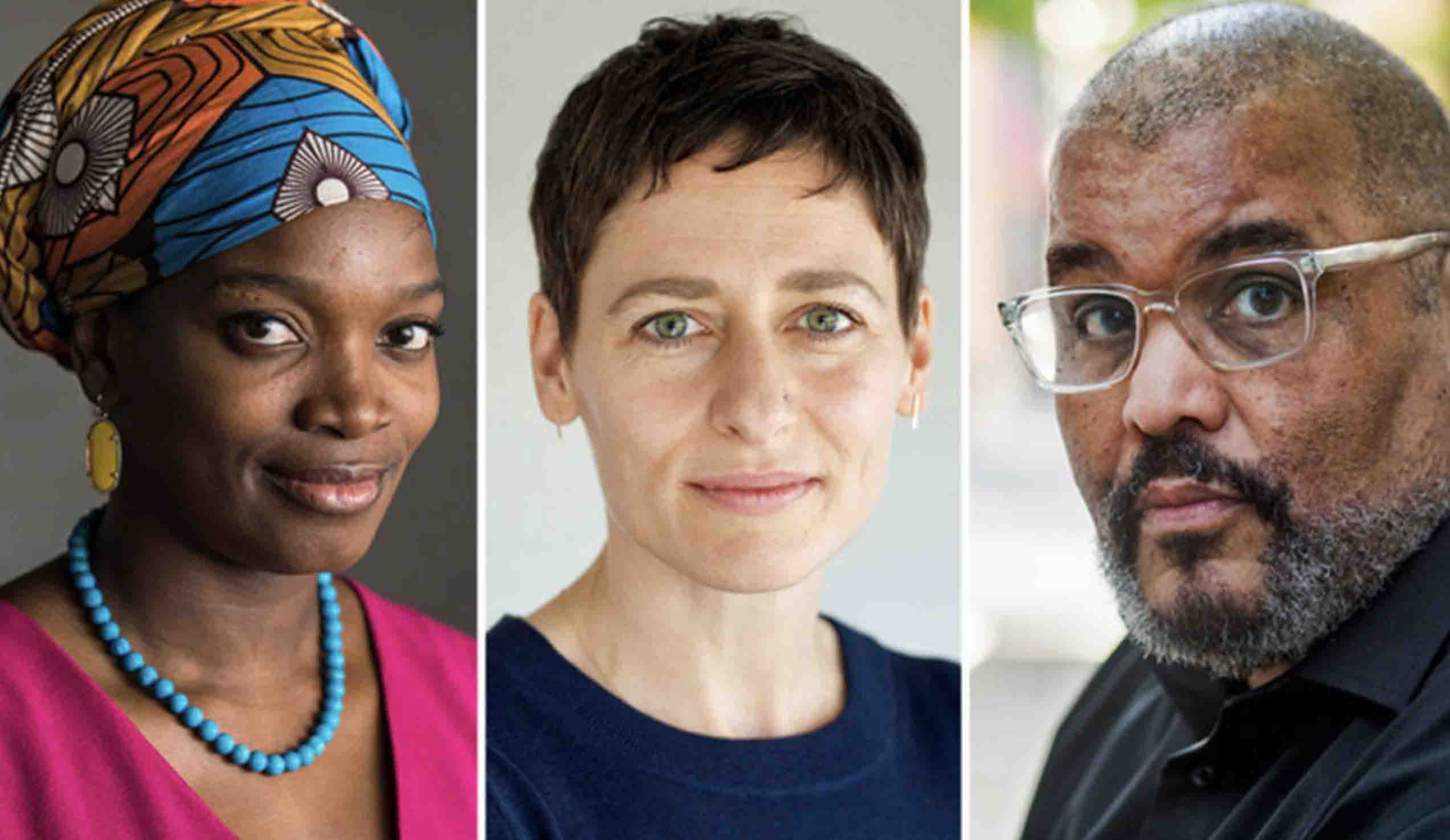
YaleNews
Three Yale alumni — a psychologist, a photographer and a visual artist — received MacArthur Fellowships, a so-called “ genius grant” that comes with a $625,000 no-strings-attached payment.
“The shock has not even worn off yet,” said Betsy Paluck ’00 GRD ’07, a research psychologist at Princeton. “It was totally an extraordinary set of moments.”
The photographer Dawoud Bey GRD ’93 and artist Njideka Akunyili Crosby GRD ’11 were also named fellows this year.
This year’s fellowship recipients included academics, artists, writers, community leaders and more. All the fellows share a high level of creativity, originality and promise, according to the MacArthur Foundation. The foundation presents the grant as an investment in the potential of the recipient, not a recognition of past accomplishments.
The backgrounds, focuses and skillsets of Yale’s three recipients vary widely, but all three use their work to address social issues.
A Nigerian-born painter based in Los Angeles, Crosby uses her work to grapple with the complexity of transnational identity amid globalization, integrating different art forms — including drawing, painting and collage — into her projects.
Crosby often draws on her experiences as an immigrant for her art, taking inspiration from family photographs and cutouts from Nigerian newspapers. Many of her pieces feature members of her family and most stem from her own life straddling Nigerian and American culture.
“Her work is seamless with the moment, in that it speaks to a more universal way of living that is more culturally expansive,” said Sam Messer, associate dean of the School of Art and a former professor of Crosby’s. “Her work is an extension of her life and her family.”
Paluck is a research psychologist and professor of psychology and public affairs at Princeton. She was introduced to the discipline at Yale in Introduction to Psychology, a popular course taught by a professor named Peter Salovey — or “Easy-A Salovey,” as she jokingly called him. Since then, Paluck has narrowed her work to focus on normative social cues.
In an interview with the News, Paluck said destructive behaviors such as bullying, discrimination and violence can be significantly reduced by strategically altering these cues.
“We find that … changing people’s perceptions of social norms is often very effective because those perceptions change more rapidly and those perceptions often really powerfully influence our behavior,” she said.
During her time as a graduate student at Yale, Paluck conducted extensive research in Rwanda, where she explored the ways Rwandans understood and discussed the 1994 genocide. She attributed much of her success to her time at Yale and the flexibility the University provided her to pursue nontraditional work that spanned disciplines for her thesis.
With the grant, Paluck hopes to train students doing similar interdisciplinary work in this field. She said she also hopes to increase communication between the academics and practitioners of social change, so that scholars receive more feedback on their research and its relevance.
Bey is a photographer and professor at Columbia College Chicago who became interested in photography after seeing the exhibit Seeing Harlem on my Mind at the Metropolitan Museum of Art. In an email to the News, Bey said he seeks to give voice to groups traditionally marginalized by art through his work. In particular, he uses portraiture to capture the experiences of young people and black Americans.
“Photographs have the potential to reshape people’s experience of the world, to make them more aware of things in the world that they might not otherwise consider or engage with,” Bey explained.
John Pilson, a former classmate of Bey’s and a professor and senior critic in the School of Art, said Bey often pushed back against professors to make photographs the way he believed best represented his ideas. Whereas most of the other six students in their program were much younger, Bey had already worked in the photography industry and had a teenage son. He struck Pilson as an extremely dedicated and hardworking student.
Discussing Bey’s work, Pilson described his photographs as “incredibly empathetic” and noted the recurring theme of youth.
“The image of youth and the idea of youth has a political charge in his work, and I think it has to do with the narrowness of potential futures [for many],” Pilson said.
Recently, Bey has begun work on two projects. One addresses gentrification in Harlem and the loss of cultural history and memory. The other marks a change of direction from his focus on portraiture — he is using landscapes to address the historical importance of the Underground Railroad in Cleveland, Ohio and the idea of physical space.
Collections of both Bey’s and Crosby’s work can be found in the Yale University Art Gallery.
Five Yale alumni and one Yale professor received the award in 2016.
Niki Anderson | niki.anderson@yale.edu







